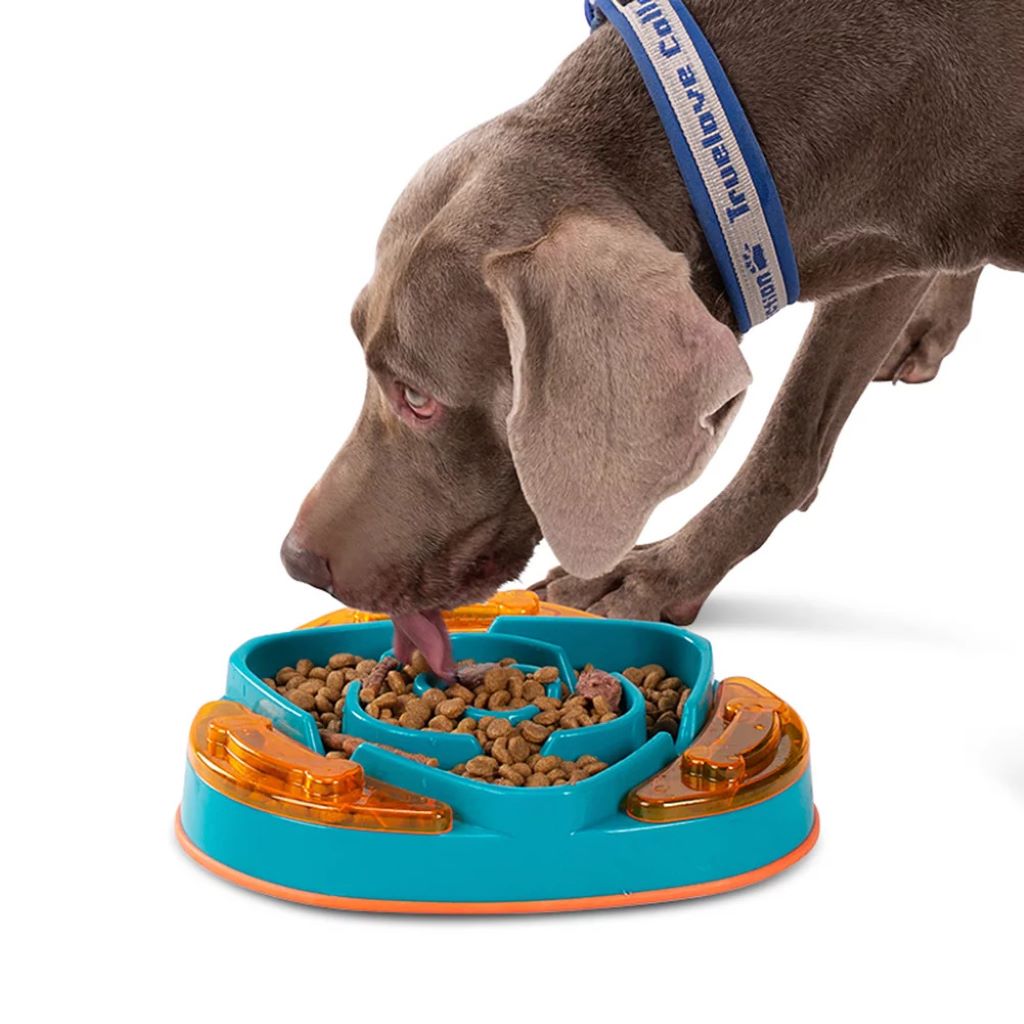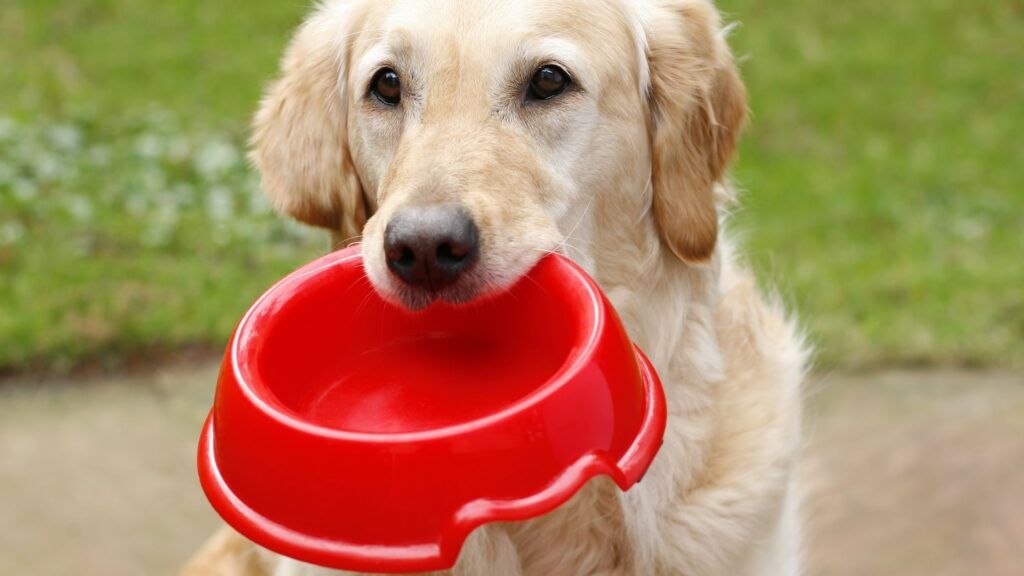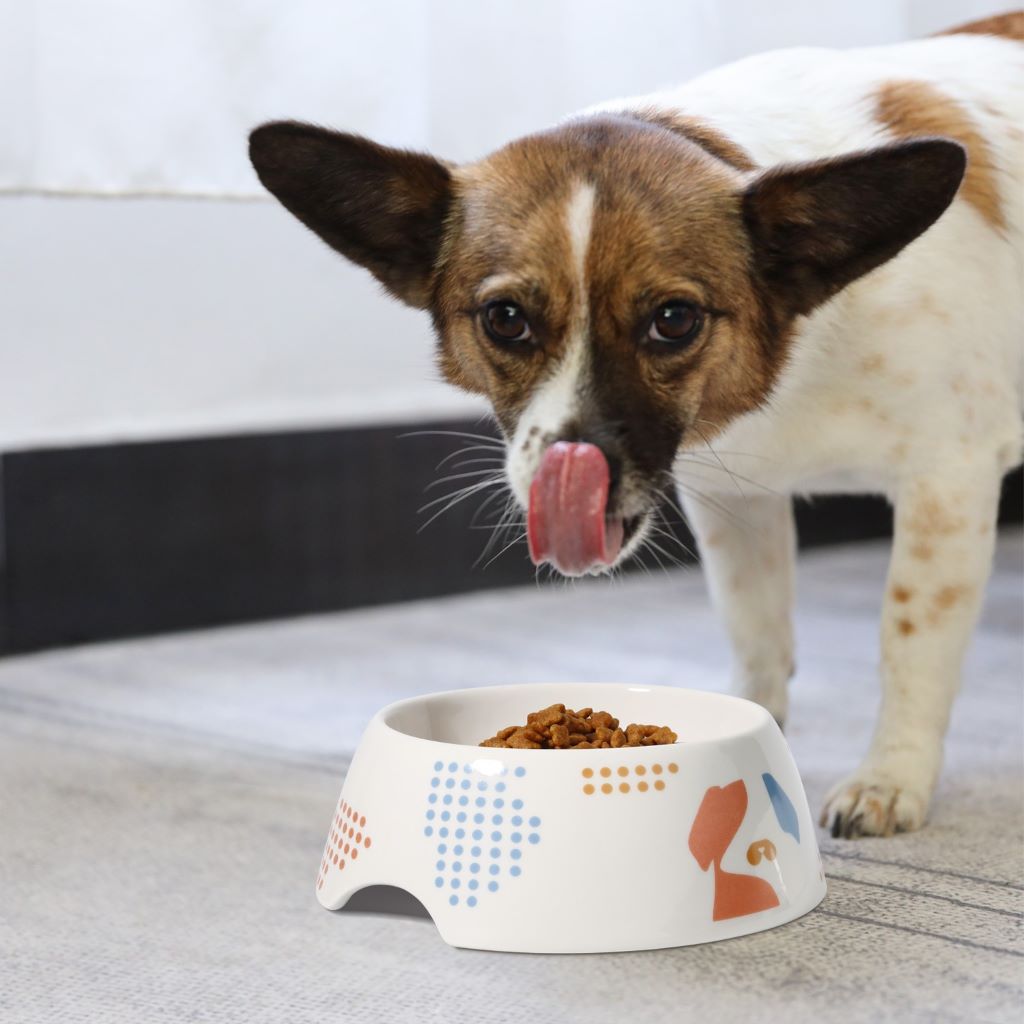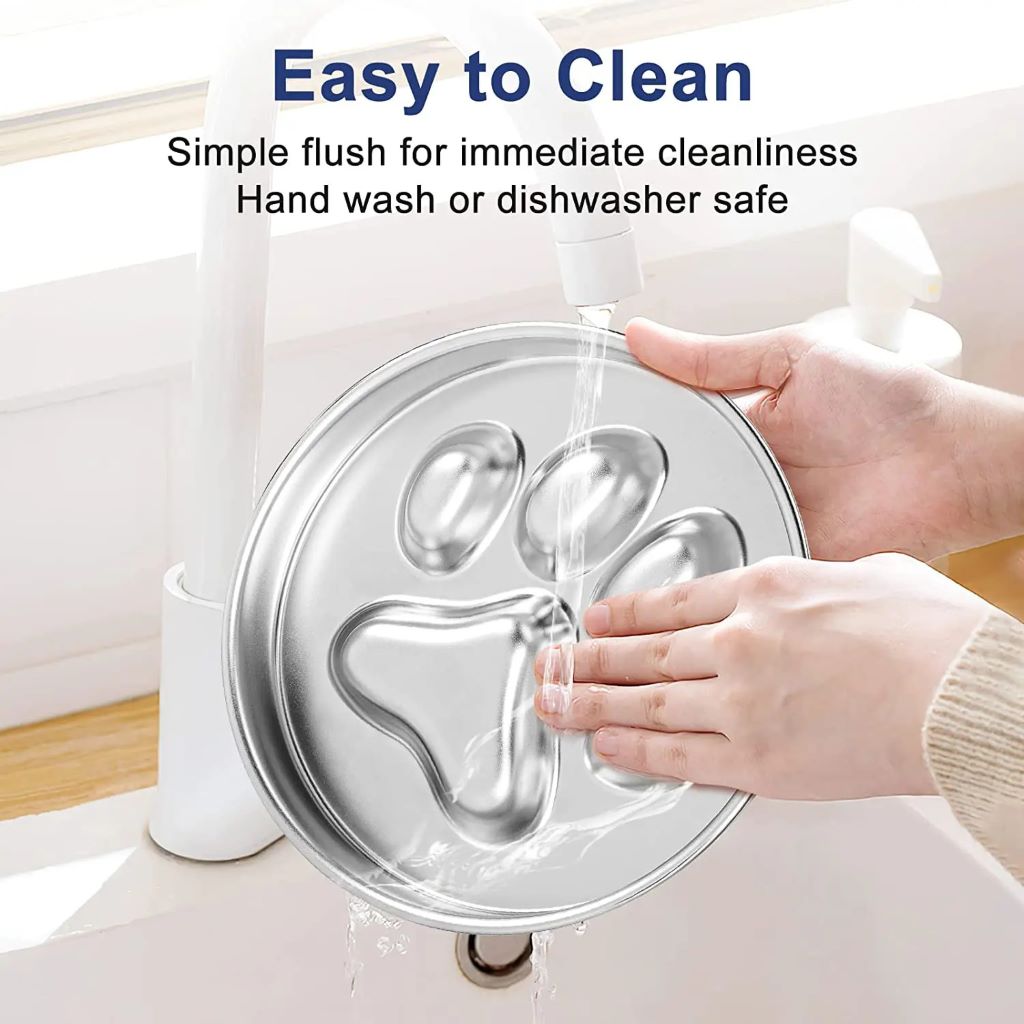Plastic dog bowls are a popular choice for their affordability, durability, and ease of cleaning. However, did you know that with a little creativity, you can transform these simple bowls into personalized feeding stations that enhance your dog’s mealtime and overall well-being?
This comprehensive guide will delve into the world of customizing plastic dog bowls, catering to both newcomers and those with some prior knowledge. Let’s explore how you can elevate your furry friend’s dining experience.
Why Customize? The Benefits of Personalization
While plastic bowls are practical, they don’t always offer the most stimulating or comfortable feeding experience. Customization addresses these issues and more:
- Slows Down Eating: Raised bowls or puzzle feeders help prevent dogs from gulping down food, reducing the risk of digestive problems.
- Reduces Strain: Elevated bowls promote better posture and joint health, especially for senior dogs or those with arthritis.
- Enrichment and Entertainment: Puzzle feeders and interactive bowls engage your dog’s natural foraging instincts and prevent boredom.
- Hygiene and Safety: Non-slip bases and spill-proof designs keep feeding areas cleaner and safer.
- Aesthetic Appeal: Customized bowls can match your home décor and add a personal touch to your dog’s feeding area.
Creative Customization Ideas
- Elevated Feeders: Elevate your dog’s bowl using a variety of materials like wood, metal, or even repurposed items like crates or sturdy boxes. This simple modification can significantly improve your dog’s posture and comfort while eating.
- Puzzle Feeders: Turn mealtime into a fun challenge by using puzzle feeders. These bowls have various compartments and obstacles that require your dog to work for their food, stimulating their mind and preventing boredom.
- Slow Feeders: These bowls feature raised patterns or mazes that force dogs to eat more slowly. This is especially beneficial for dogs prone to bloating or those who eat too quickly.
- Interactive Bowls: Interactive bowls often have hidden compartments or spinning mechanisms that release food as your dog plays with them. These are great for keeping dogs entertained and mentally stimulated.
- Non-Slip Bases: Prevent spills and accidents by adding a non-slip base to your dog’s bowl. This can be as simple as placing a rubber mat or silicone ring underneath the bowl.
- Personalization: Add your dog’s name, a cute design, or even a photo to their bowl. This adds a personal touch and makes their feeding station unique.
Choosing the Right Materials
When customizing, prioritize your dog’s safety. Opt for non-toxic paints and sealants if you’re decorating or modifying a bowl. If you’re building an elevated feeder, ensure it’s sturdy and won’t tip over easily. Avoid materials that could splinter or break, posing a choking hazard.
Beyond the Basics: Advanced Customizations

- Water Fountains: For dogs who prefer running water, consider a pet fountain that attaches to a plastic bowl.
- Travel Bowls: Customize a collapsible plastic bowl for on-the-go convenience.
- Multi-Dog Households: Design a feeding station with multiple bowls to accommodate each dog’s needs and preferences.
Key Considerations
- Your Dog’s Size and Breed: Tailor customizations to your dog’s specific needs. For example, a large breed might need a taller elevated feeder than a small breed.
- Feeding Habits: Consider your dog’s eating style when choosing a slow feeder or puzzle bowl.
- Cleaning and Maintenance: Opt for customizations that are easy to clean and maintain to ensure hygiene.
A Word of Caution
While customization offers many benefits, it’s important to monitor your dog during mealtime, especially when introducing new types of bowls or feeders. Ensure they can access their food without frustration and that the design doesn’t pose any safety risks.
Conclusion
Customizing your dog’s plastic bowls is a fun and rewarding way to enhance their mealtime experience. With a little creativity and the right materials, you can create a feeding station that’s not only practical but also stimulating, safe, and personalized to your furry friend’s needs.




